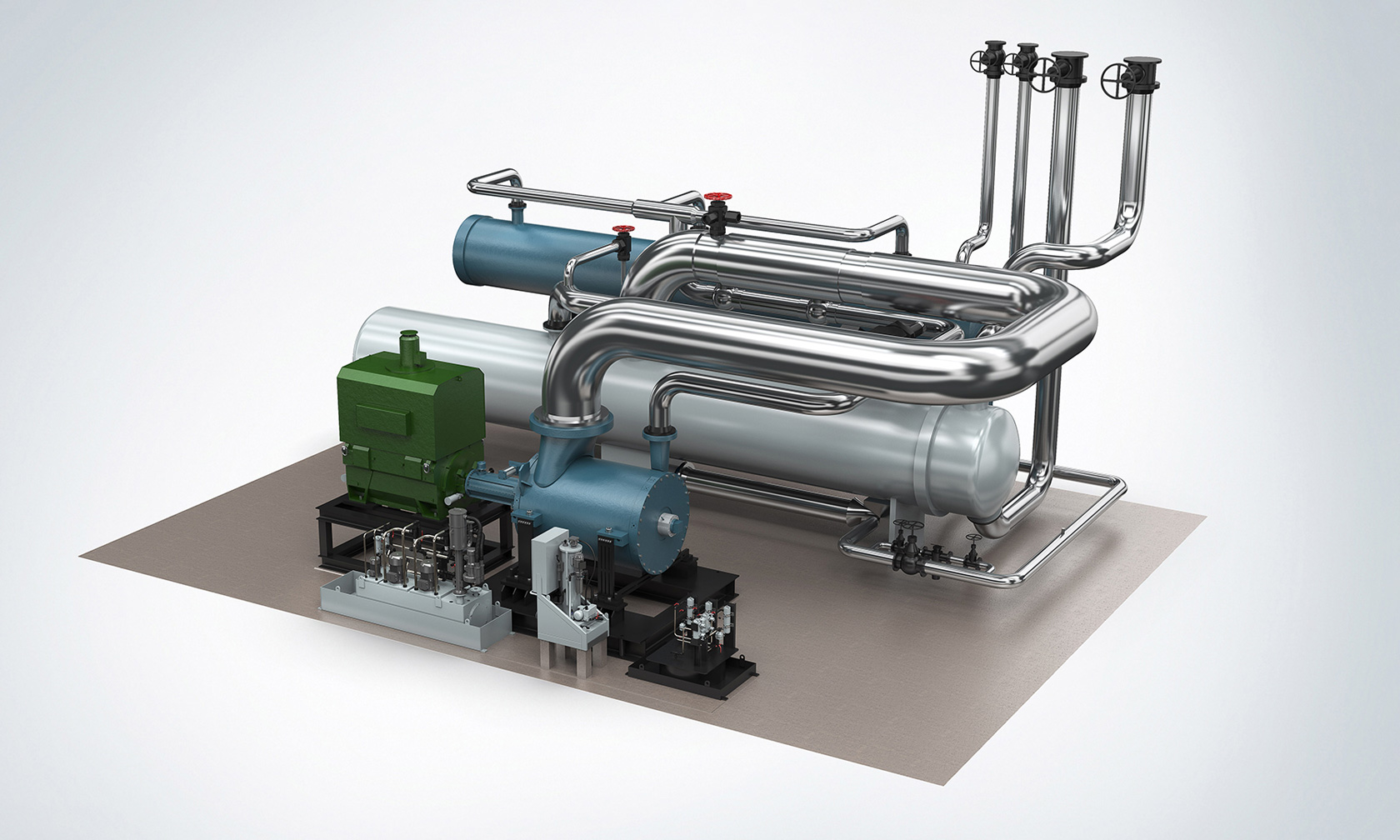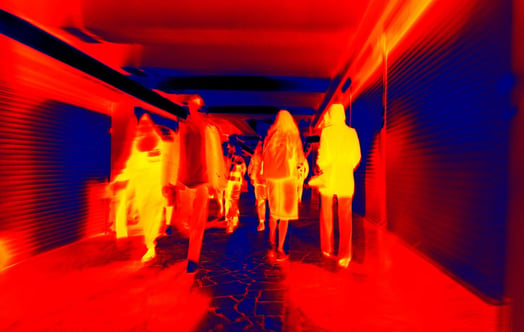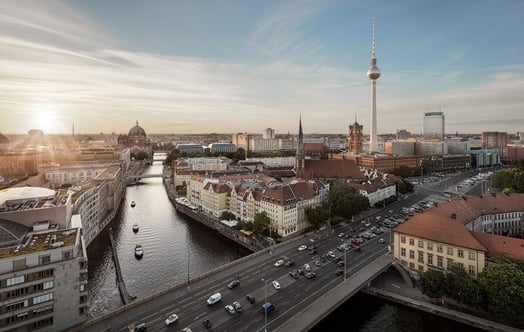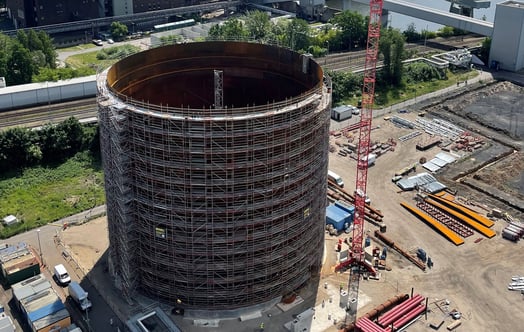Berlin’s largest air-conditioning system is gearing up to generate climate-friendly heat in the future
Joint testing of a large-scale, high-temperature heat pump that is part of the district heating network in Berlin is underway. The federally funded project combines heat, cooling and electricity and utilises waste heat and renewable electricity, to ensure the success of Berlin’s heat transition.
Vattenfall Wärme Berlin AG and Siemens Energy have today signed the contract for the demonstration and testing of a new large, high-temperature heat pump in Berlin. With the Qwark³ project (combined district heat, power and cooling), the two companies based on Potsdamer Platz are testing this new technology for the first time. Here, green district heating is generated from waste heat and renewable electricity before being fed into the Berlin municipal heating network. The project is funded by the Federal Ministry for Economic Affairs and Energy as part of the 7th energy research programme. The aim of the pilot project is to draw reliable conclusions about the technical and economic potential of heat generation via large-scale, high-temperature heat pumps.
Since 1997, the cooling centre at Potsdamer Platz in Berlin has reliably supplied around 12,000 offices, 1,000 apartments and numerous cultural institutions in the neighbourhood, with locally and efficiently generated cooling. Until now, the heat produced by this process was wasted and released into the environment via cooling towers. Thanks to the integration of a new high-temperature heat pump, heating, cooling and electricity will be combined for enhanced resource efficiency in the future. The new technology gives the waste heat a use and increases the energy efficiency of cold generation, as well as providing green heat from renewable electricity for the Berlin district. The use of the heat pump significantly reduces heat emissions into the environment and provides an additional heat supply for the district heating network of around 55 GWh annually, resulting in an estimated annual saving of around 6,500 tonnes of CO2 emissions and 120,000 m³ of cooling water.
Siemens Energy is the supplier of the innovative large, high-temperature heat pump for the provision of up to 8 MW of thermal power. Depending on the ambient conditions, this can supply district heating network flow temperatures of 85°C to around 120°C with great flexibility. The technology will therefore, make a further contribution to the replacement of fossil heat in urban district heating networks. In addition to the more efficient combination of energy resources on site, the project is designed to test the large-scale, high-temperature heat pumps for the first time under real conditions.
"If we want to make the energy transition happen in cities, we need to look at heating, cooling and electricity in an integrated way. This is the only way we can make the best use of the available resources," explains Tanja Wielgoß, Chair of the Executive Board of Vattenfall Wärme Berlin AG. “Our cooling centre has been providing efficient cooling around Potsdamer Platz for over 20 years. Now with the introduction the new high-temperature, large-scale heat pump we are proud to be leading the way with Siemens Energy as a partner.”
“Decarbonisation of the heat supply is essential for the successful implementation of the goals set out in the Paris climate agreement,” states Jochen Eickholt, Member of the Board of Siemens Energy. "Large-scale heat pumps can play an important role in the medium and long-term conversion of the heat supply. Together with Vattenfall, we are looking forward to continuing the heat transition in Berlin and to testing this potential key technology for the first time."
For further information, please contact:
Timo Nöthling, Siemens Energy, tel. +49 174 1819120
Olaf Weidner, Vattenfall Wärme Berlin AG



